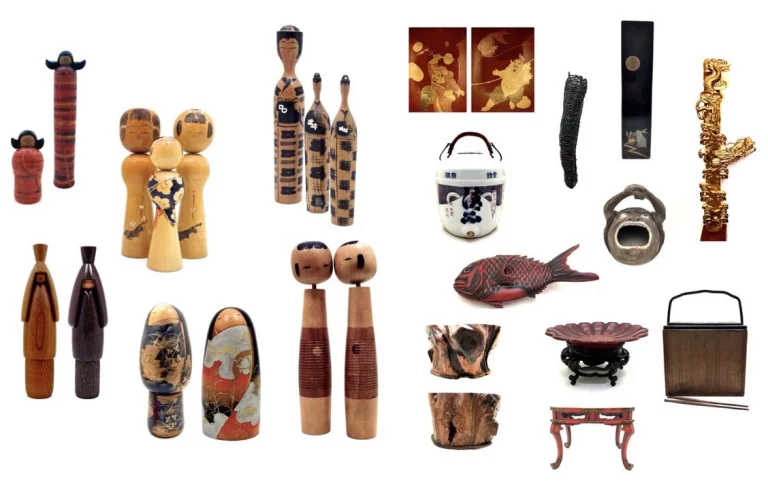
In the shadow of Mount Ontake, artisans preserve ancestral crafts, blending tradition with resilience against industrialization’s tide.
A Craftsmanship Sanctuary in Nagano’s Kiso Valley
Tokyo — Norio Ishimoto, 77, leans over a chestnut wood bowl in his workshop in Kiso-Hirasawa, a village of 1,000 nestled in Nagano’s snow-draped Kiso Valley.
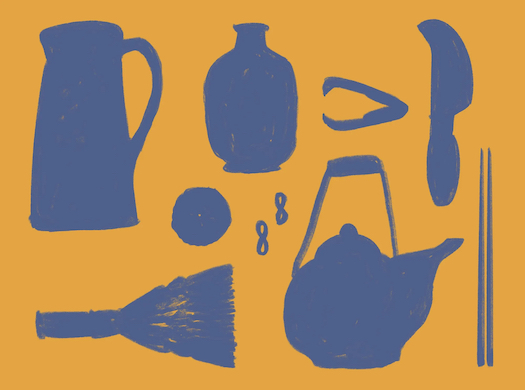
With a cypress spatula, he layers urushi—a lacquer derived from sumac trees—onto the vessel, a practice his family has refined over four generations.
“The finish is essential,” he says, gesturing to a Van Gogh-esque tableau of sunflowers and geometric patterns drying nearby.
Around him, 200 workshops uphold Kiso-shikki, a lacquerware tradition famed for its featherlight, glossy finishes.
This is mingei in motion: a century-old folk art movement born in 1925 to celebrate utilitarian beauty.
Today, its ethos—“ordinary objects made extraordinary”—resonates globally, even as artisans like Ishimoto guard it against mass production’s encroachment.
Roots of a Revolution: Mingei’s Humble Beginnings
Philosopher Yanagi Sōetsu founded mingei (minshūteki kōgei (民藝), “crafts of the people”) after witnessing Korea’s vanishing artisan traditions.
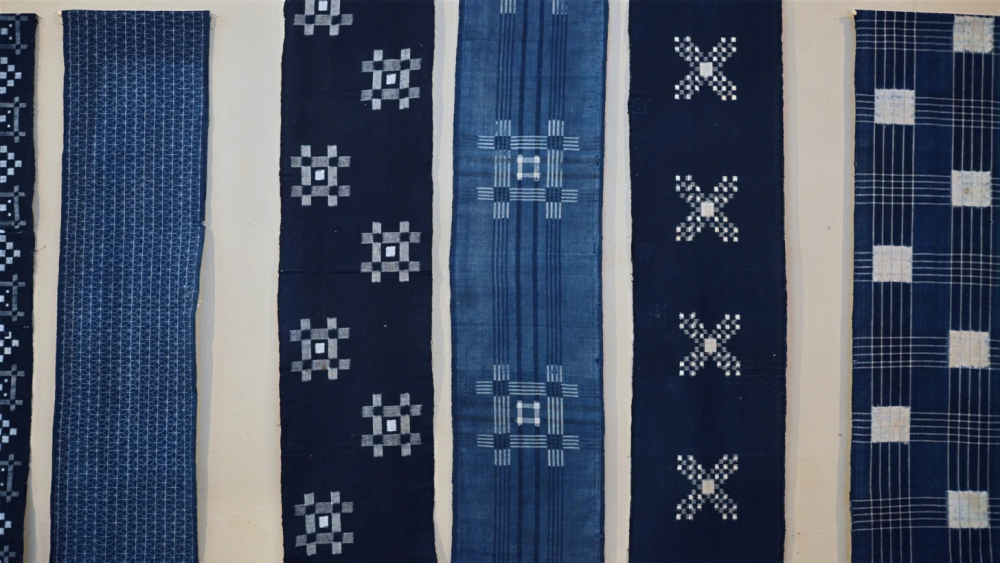
Rejecting elitist art, he championed anonymous craftsmen whose work embodied simplicity, natural materials, and regional identity.
Collaborators like potters Hamada Shōji and Kawai Kanjirō—who refused prestigious titles to honor mingei’s communal spirit—helped codify its principles: functionality, humility, and “beauty beyond beauty.”
The movement gained momentum in 1936 with Tokyo’s Japan Folk Crafts Museum, a visual manifesto of Yanagi’s ideals. Yet postwar industrialization nearly erased these traditions, prompting a 1960s “mingei boom” that commodified its authenticity—a paradox still debated today.
The Spiritual Core: Craft as Meditation
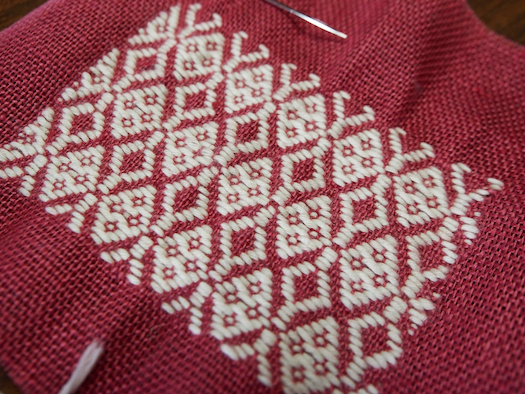
For Ishimoto, lacquering is more than technique—it’s a Zen-like surrender.
“You don’t create beauty; you let it emerge,” he explains, echoing Yanagi’s belief in tariki (reliance on “other power”).
This philosophy, rooted in Buddhism, insists craftsmanship transcends individualism, merging maker, material, and millennia of tradition.
In Kyoto, Kawai Kanjirō’s preserved home-museum epitomizes this ethos.
His kilns, furniture, and unsigned pottery—crafted to be “given like vegetables”—reflect a life dedicated to mono no aware: the poignant beauty of impermanence.
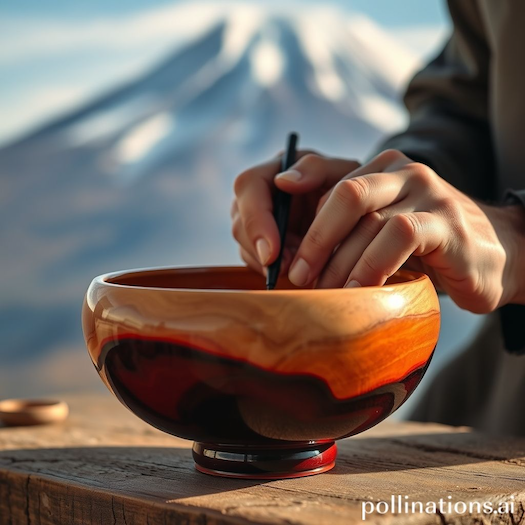
Guardians of Tradition:
Mingei’s Modern Revival
Despite aging artisans and dwindling apprentices, hope persists. Nagano’s workshops now blend heritage with innovation:
Kiso Valley woodturners craft modern speaker systems, while Ina Valley dyers use AI to replicate plant-based hues.
Organizations like the Mingei International Museum in San Diego (reopening in 2025) and Tokyo’s Mingeikan host global exhibitions, bridging eras and continents.
“Mingei isn’t nostalgia—it’s a dialogue,” says curator Masane Naito. Recent surveys show 43% of Japanese youths value handmade goods, fueling a “slow craft” renaissance.
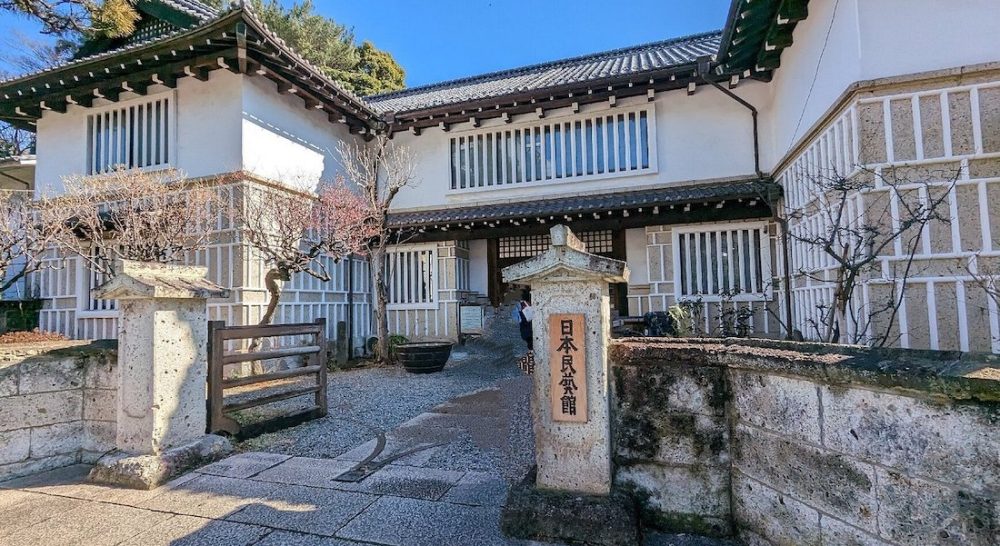
Global Legacy: From Tea Bowls to TikTok
Mingei’s influence spans design icons like Sori Yanagi’s Butterfly Stool and Isamu Noguchi’s Akari lamps. Social media amplifies its reach: #Mingei hashtags garner 2.1M views on TikTok, while artisans like Ishimoto’s granddaughter livestream workshops.
Yet challenges linger. “How do we honor anonymity in an age of influencers?” asks scholar Germain Viatte. For Ishimoto, the answer lies in daily ritual: “Every layer of lacquer is a prayer for the future.”
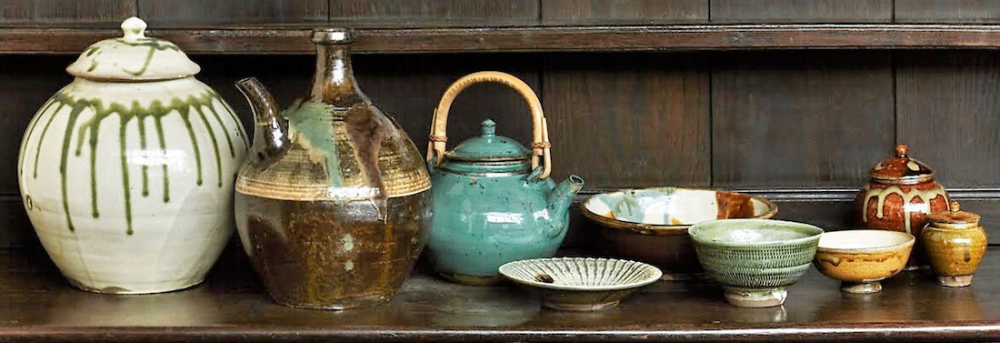
Mingei: Japan’s Folk Art Movement Thrives in Modern Hands (May 27, 2025)
75-Word Audio Summary
In Japan’s Kiso Valley, 77-year-old lacquerer Norio Ishimoto upholds the mingei movement—a century-old celebration of humble, handmade crafts. Founded in 1925 by philosopher Yanagi Sōetsu, mingei champions anonymity, natural materials, and utilitarian beauty. Despite industrialization, artisans worldwide revive its ethos, blending tradition with innovation. From Kyoto’s preserved kilns to San Diego’s Mingei Museum, this cultural resistance thrives, proving that in every bowl, textile, or spoon, there lies a story of resilience.
#MingeiRevival #JapaneseCraftsmanship #FolkArt #KisoValley #HandmadeCulture
Tags: Mingei movement, Japanese traditional crafts, Kiso lacquerware, Yanagi Soetsu, cultural preservation
ADVERTISEMENT
